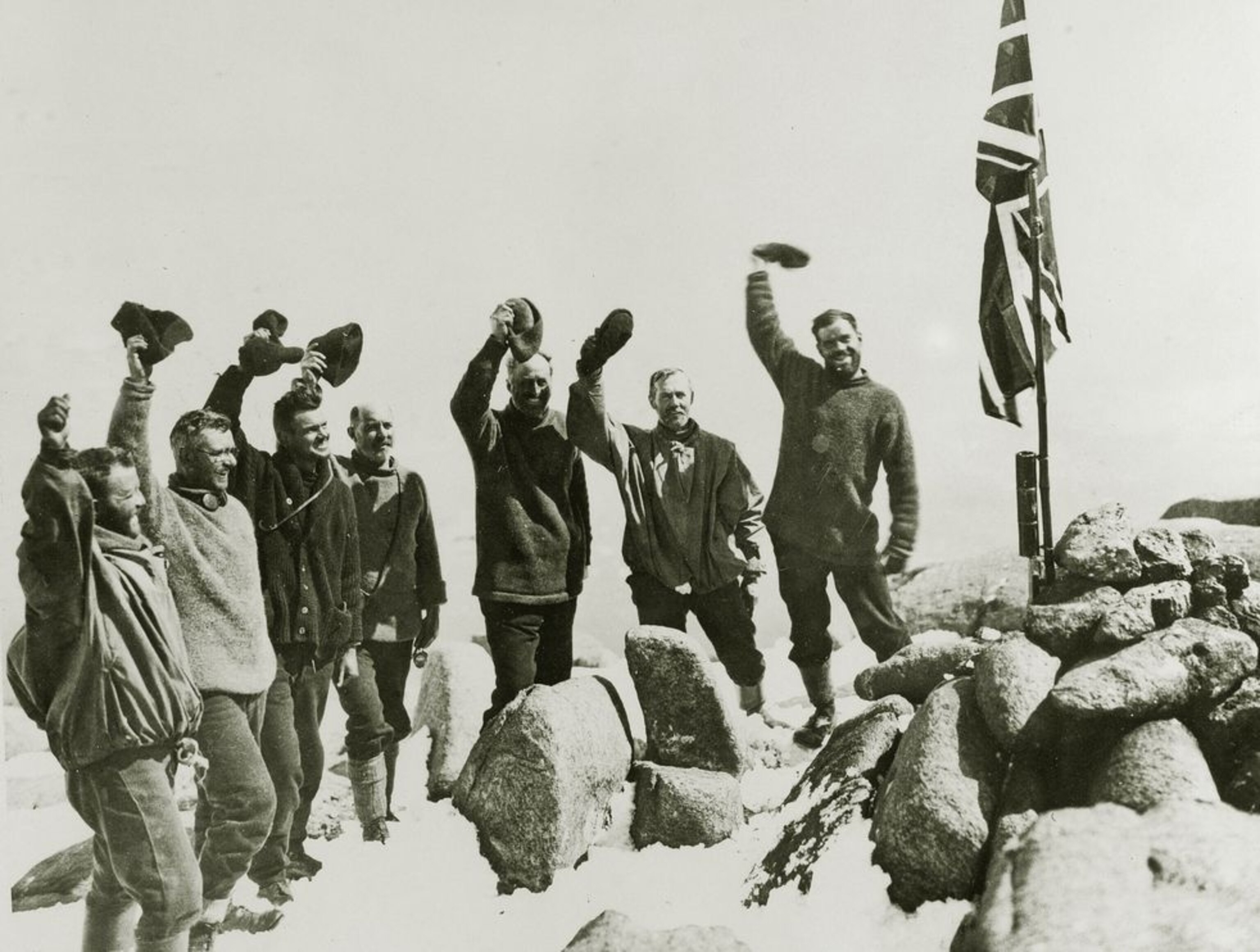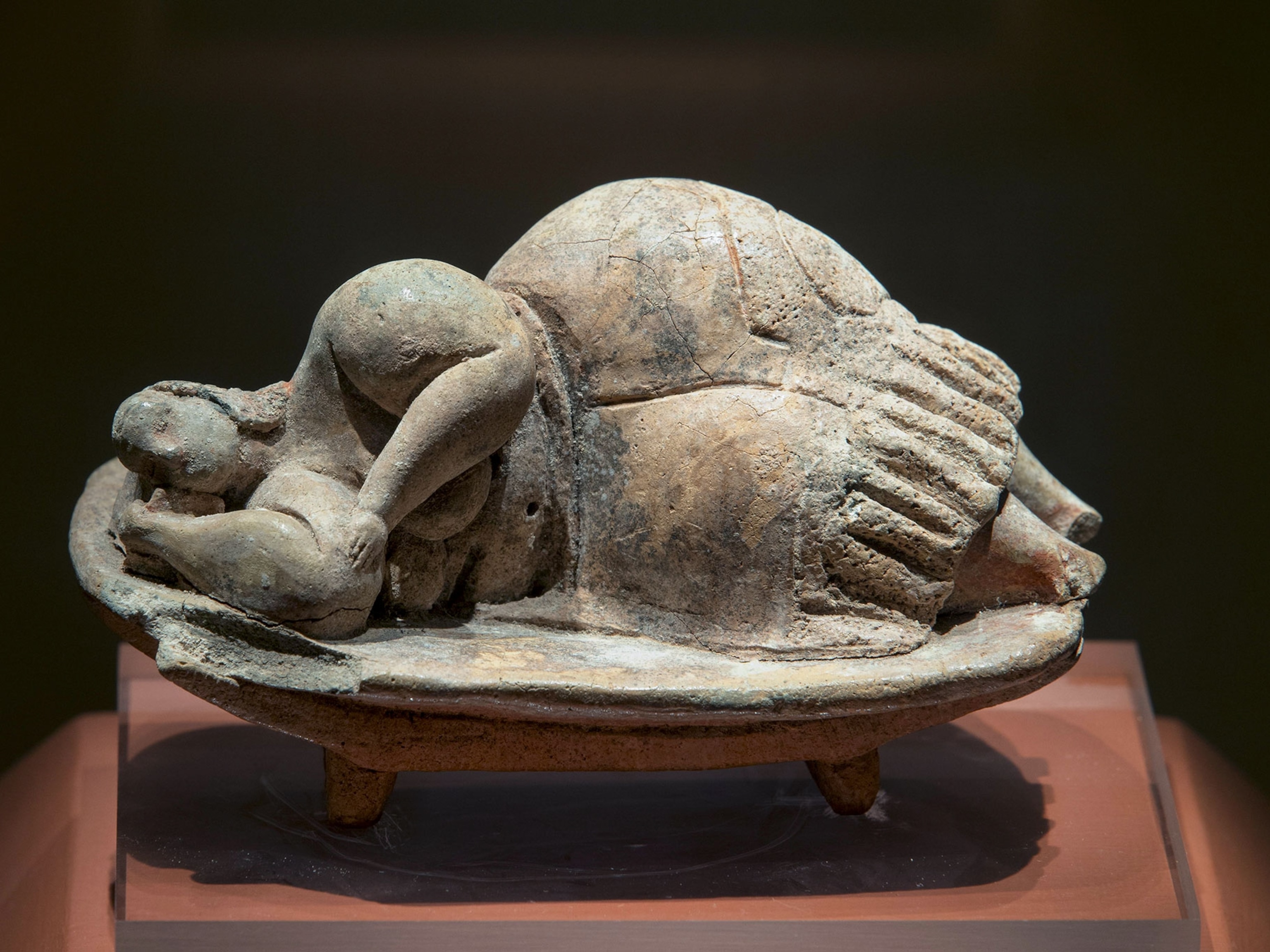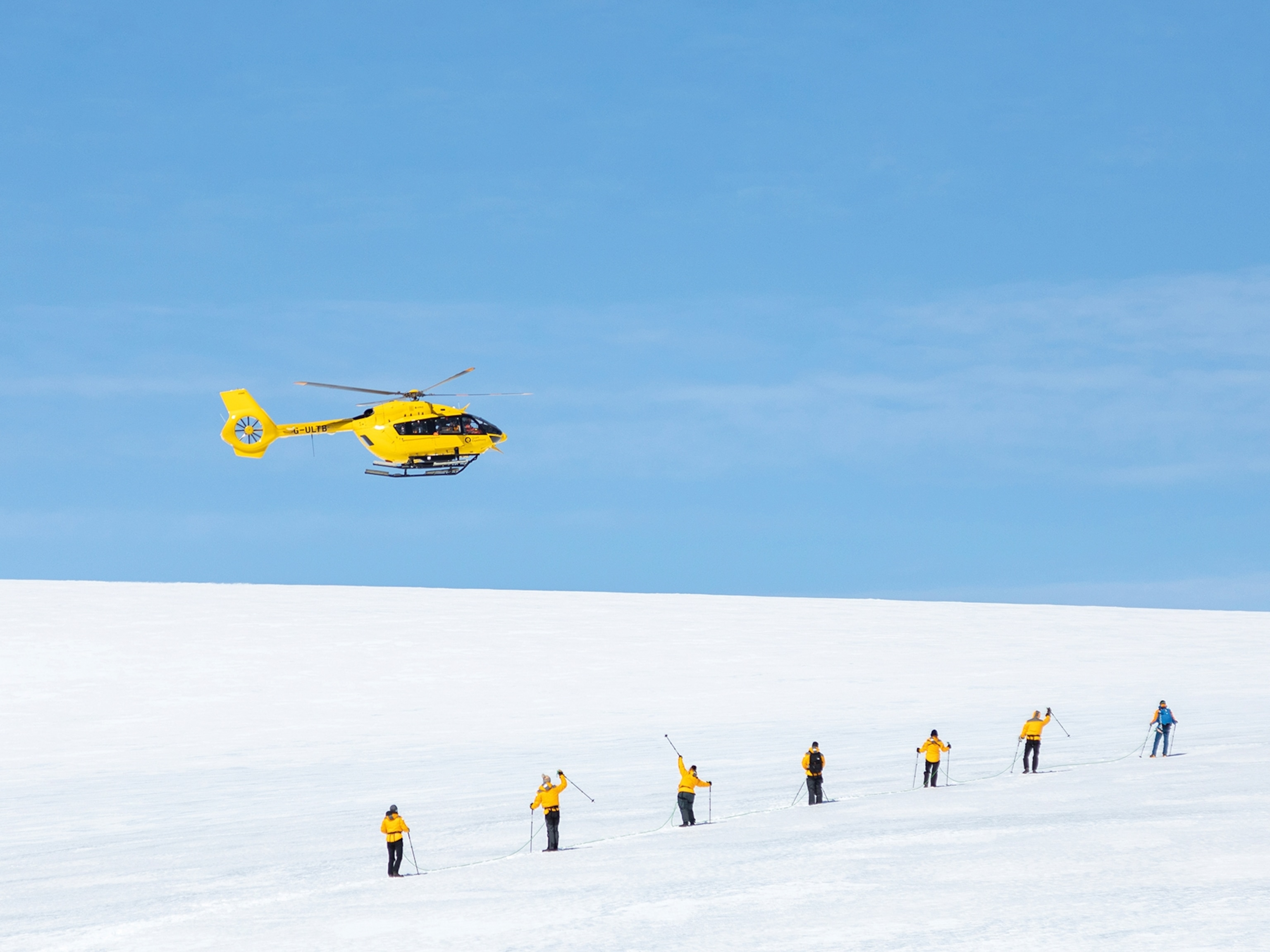
Opinion: Ship Stuck in Antarctica Raises Questions About Worth of Reenacting Expeditions
Modern versions of famous expeditions can't solve historical puzzles.
Exploration still has its challenges, as the Australasian Antarctic Expedition (AAE) team learned when they ran into the teeth of a gale.
As they sailed for home aboard the Russian research vessel Akademik Shokalskiy, winds drove pack ice against the expedition's ship and has prevented it from reaching open water. (See also: "Who's on That Russian Ship Stuck on Antarctic Ice?")
A Chinese icebreaker tried to assist but was unable to get through, and on Monday an Australian icebreaker made it only to within 20 nautical miles of the stranded Shokalskiy. If that icebreaker fails on a next attempted rescue, the expedition will have to be evacuated by air.
The AAE is reenacting an expedition of the same name that took place a century ago. The leader of that AAE, Australian geologist Douglas Mawson, hoped to differentiate himself from other South Pole explorers by grounding his expedition in serious scientific research. (Read "Into the Unknown" in National Geographic magazine.)
He succeeded, but at a tragic cost.
Mawson's three-man sledge team set out to map unexplored coastline. Several weeks in, British crewman Belgrave Ninnis fell through a glacial crevasse to his death. Food and supplies were lost with him, and Mawson and the remaining member, Swiss skier Xavier Mertz, were forced to eat their own sled dogs.
Mertz died of vitamin A poisoning from eating dog liver; Mawson alone survived to tell the story in his book, The Home of the Blizzard.
What Do We Gain?
The second AAE does not face these calamitous problems—the Shokalskiy is in good shape, and vessels are en route to assist her. Yet the time, effort, and risk involved in recreating Mawson's expedition inevitably raise the question: What do we gain by reenacting historic expeditions?
Ever since Thor Heyerdahl sailed his balsa-wood raft, Kon-tiki, from Peru to the Tuamotu Islands in the Pacific in 1947—an adventure inspired by legends of pre-Columbian Inca crossings—one school of exploration has argued that such expeditions can illuminate historical truths.
In 2005, trekker Tom Avery sledged to the North Pole in 36 days, a feat he said "rewrote the history books" by vindicating Robert Peary's claim to have done the same in 1909.
From 2008 to 2010 Philip Beale sailed the Phoenicia, a 20-meter, square-rigged ship, around Africa, hoping to show that the Phoenicians accomplished this route in 600 B.C.
"Europeans think it was Portuguese explorer Bartholomeu Dias who did it first," Beale noted. "But I think the Phoenicians did it 2,000 years earlier and I want to prove it."
To say that something is possible, however, is not to prove that it happened. Expeditionary reenactors routinely blur this distinction, making historical claims based on the outcomes of their modern recreations and adventures.
Even if we ignore important differences between original and reenacted expeditions—Avery, unlike Peary, didn't have to make a return trip; Beale's crew had knowledge of Africa's coasts and currents that ancient Phoenicians didn't have—showing that something can happen now by no means proves it did happen then.
Gaining Insights
Yet reenacted expeditions have their uses. This became clear to me last year when I followed Henry Morton Stanley's footsteps across East Africa.
I was working on a book about a strange claim made by Stanley during his Trans-Africa expedition of 1874-77, when he encountered four Africans whose light complexion and European features, he wrote, "aroused my curiosity to the highest pitch."
They came from the slopes of Gambaragara, a snow-capped mountain west of Lake Victoria. That such a towering peak existed in the heart of equatorial Africa was astonishing enough.
"But what gives it peculiar interest," Stanley wrote, "is that on its cold and lonely top dwell a people of an entirely distinct race, being white, like Europeans."
It was a fantastical story, but one I felt compelled to follow, if only because the idea of this white tribe was taken seriously by Victorians of Stanley's day. With the help of a Bakonjo guide I spent six days climbing Gambaragara, now renamed Mount Stanley, in the Ruwenzori Mountains.
The journey confirmed many aspects of Stanley's report, from the fields of ice and snow to the lakes in the shadow of the glacier. But there were no white tribesmen on the summit.
"I could have told you that," my guide told me with a grin—and, to be sure, I hadn't expected to find any.
Yet climbing Stanley's mountain gave me something else: a sense of the desolate beauty of the Ruwenzoris, a record of Bakonjo stories about the mountains, and an appreciation of Stanley's efforts as well as his immense isolation from the Western world he had left behind. These insights have enriched my book, even if they tell me nothing about the historical veracity of Stanley's "white tribe."
The second AAE did not set out to prove anything about Mawson's earlier expedition. Its leaders hope to use Mawson's observations as a baseline for their own scientific findings—a benchmark of climatic changes that will illuminate Antarctica's future, not its past. As such, the voyage will prove to be well worth the time and effort.
is an associate professor of history at Hillyer College, University of Hartford (Connecticut). He is working on a book, Lost White Tribe: Explorers, Scientists, and a Theory of Race that Changed Africa. He writes the science, history, and exploration blog
.







